Home>Furniture & Design>Kitchen Furniture>How To Build A China Cabinet
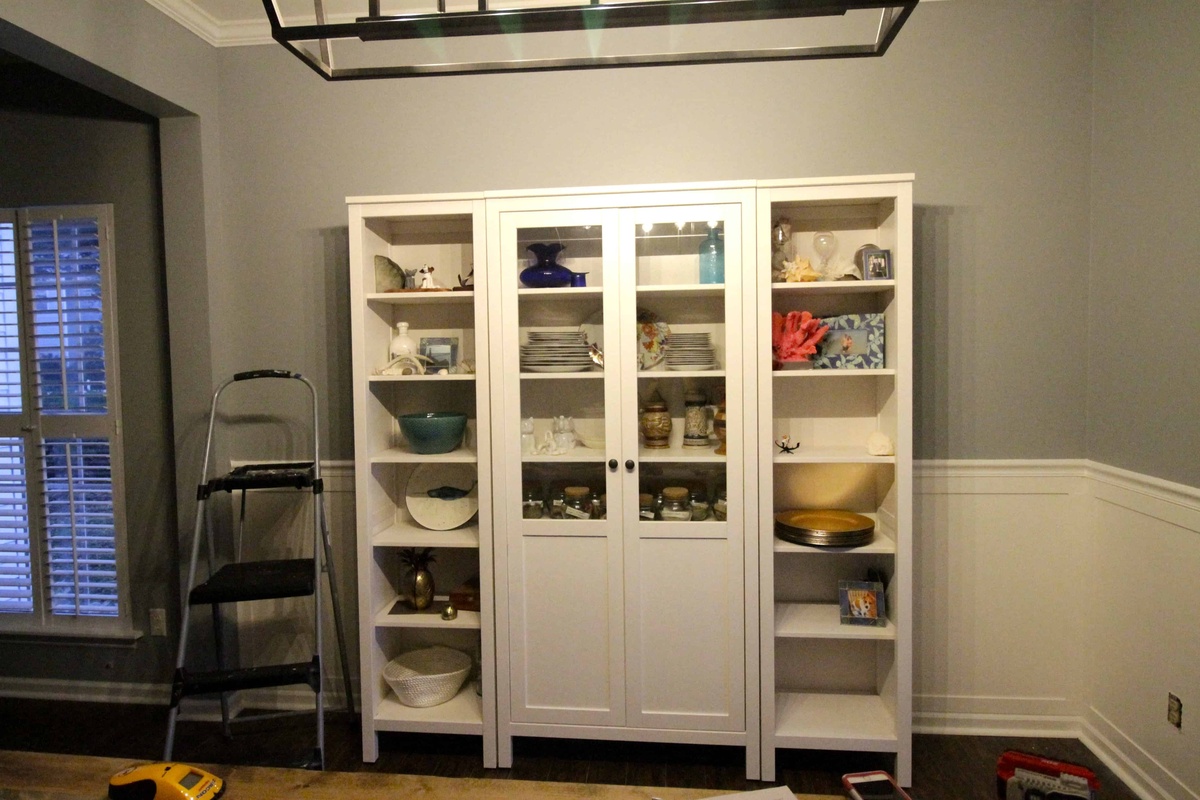

Kitchen Furniture
How To Build A China Cabinet
Modified: September 2, 2024
Discover the best tips for building a stunning China cabinet for your kitchen with our expert furniture and design guide. Explore innovative ideas and techniques for creating the perfect kitchen furniture.
(Many of the links in this article redirect to a specific reviewed product. Your purchase of these products through affiliate links helps to generate commission for Storables.com, at no extra cost. Learn more)
Introduction
So, you've decided to take on the exciting and rewarding challenge of building your very own china cabinet. Congratulations! Not only will this project allow you to showcase your woodworking skills, but it will also provide a stunning and functional piece of furniture for your home. Whether you're a seasoned DIY enthusiast or a newcomer to the world of woodworking, creating a china cabinet can be a fulfilling endeavor that adds a personal touch to your living space.
In this comprehensive guide, we will walk you through the step-by-step process of building a china cabinet from scratch. From selecting the right materials to adding the finishing touches, we'll cover everything you need to know to bring your vision to life. By the end of this journey, you'll have a beautiful and customized china cabinet that reflects your unique style and craftsmanship.
Before we dive into the nitty-gritty details, it's important to note that building a china cabinet requires patience, precision, and a keen eye for detail. While the process may seem daunting at first, with the right guidance and a can-do attitude, you'll be well on your way to creating a stunning piece of furniture that will be cherished for years to come.
So, roll up your sleeves, gather your tools, and let's embark on this woodworking adventure together. Whether you're looking to showcase your collection of fine china or simply add a touch of elegance to your home, building a china cabinet is a gratifying project that promises a sense of accomplishment and a beautiful addition to your living space. Let's get started!
Key Takeaways:
- Building a china cabinet requires careful planning, precise woodworking, and attention to detail. It’s a gratifying project that adds a personal touch to your home and showcases your craftsmanship.
- From selecting materials and tools to adding finishing touches, creating a custom-built china cabinet is a rewarding journey that reflects your creativity and woodworking skills.
Read more: What Is A China Cabinet
Materials and Tools
Before you begin the construction of your china cabinet, it’s essential to gather all the necessary materials and tools. Here’s a comprehensive list to help you get started:
Materials:
- High-quality hardwood sheets for the cabinet frame, shelves, and doors
- Wood glue to ensure strong and durable joints
- Screws and nails for securing the components
- Glass panels for the cabinet doors (if desired)
- Stain or paint for finishing the cabinet
- Wood filler to conceal any gaps or imperfections
- Drawer slides for any drawers included in the design
- Decorative hardware such as knobs or handles
Tools:
- Table saw for cutting the wood to the desired dimensions
- Power drill with drill bits for creating holes and attaching hardware
- Clamps to hold the pieces together during assembly
- Screwdriver for driving screws into the wood
- Router for creating decorative edges or profiles (optional)
- Sandpaper in various grits for smoothing the surfaces
- Paintbrushes or a sprayer for applying the finish
- Safety goggles and ear protection for a safe working environment
These materials and tools will serve as the foundation for bringing your vision of a china cabinet to life. It’s crucial to invest in high-quality materials and reliable tools to ensure the durability and aesthetic appeal of the final product. With everything in hand, you’re now ready to move on to the planning and design phase, where you’ll map out the specifics of your custom-built china cabinet.
Planning and Design
Before you start cutting and assembling wood, it’s crucial to have a well-thought-out plan for your china cabinet. The planning and design phase will set the stage for a successful and satisfying construction process. Here are the key steps to consider:
Read more: How To Store China Without A China Cabinet
1. Determine the Dimensions:
Consider the available space where the china cabinet will be placed. Measure the height, width, and depth to ensure that the cabinet will fit perfectly in its designated location. Additionally, think about the internal layout, such as the number of shelves and any drawers you may want to incorporate.
2. Sketch the Design:
Visualize the overall look of your china cabinet. Will it have a traditional, modern, or rustic aesthetic? Create a rough sketch or use design software to outline the cabinet’s structure, including the arrangement of shelves, the style of doors, and any decorative elements.
3. Select the Wood Species:
Choose a hardwood species that aligns with your desired aesthetic and complements your existing furniture. Popular options include oak, cherry, maple, and walnut, each offering unique grain patterns and color variations.
4. Consider Glass Panels:
If you opt for glass doors, carefully measure the dimensions for the panels. Decide whether you want clear glass to showcase the contents of the cabinet or frosted glass for a more subtle look.
Read more: How To Organize A China Cabinet
5. Finishing Touches:
Think about the finishing touches that will enhance the cabinet’s appearance. Will you add decorative moldings, ornate hardware, or custom engraving? These details can elevate the overall design and make your china cabinet truly one-of-a-kind.
By carefully planning and designing your china cabinet, you’ll have a clear roadmap for the construction phase. This thoughtful approach will help prevent errors and ensure that the end result aligns with your vision. With the design finalized, it’s time to roll up your sleeves and start building the cabinet frame.
Building the Cabinet Frame
With your design in hand and the materials at the ready, it’s time to embark on constructing the frame of your china cabinet. This foundational step forms the structure that will support the shelves, doors, and any additional features. Follow these essential guidelines to build the cabinet frame:
1. Cutting the Wood:
Begin by accurately cutting the hardwood sheets to the dimensions specified in your design plan. Use a table saw to achieve precise cuts for the top, bottom, sides, and back of the cabinet. Remember to double-check the measurements before making any cuts to ensure accuracy.
2. Assembling the Frame:
Once the pieces are cut, carefully assemble the frame using wood glue and screws. Apply a thin, even layer of wood glue to the joining edges before securing them together with screws. Utilize clamps to hold the pieces in place as the glue sets, ensuring a strong and stable frame.
Read more: How To Paint China Cabinet
3. Reinforcing the Corners:
To reinforce the corners of the cabinet frame, consider adding corner brackets or braces. These metal supports provide additional stability and prevent the frame from shifting over time.
4. Installing Support Rails:
If your design includes multiple shelves, it’s essential to install support rails within the cabinet frame. These rails will provide the necessary structure for the shelves to rest upon, ensuring they can accommodate the weight of your china and other items.
5. Preparing for Doors and Hardware:
Before moving on to the next phase, drill holes for the door hinges and any additional hardware that will be attached to the cabinet frame. Take precise measurements to ensure that the doors will align perfectly when installed.
By meticulously constructing the cabinet frame, you’re laying the groundwork for a sturdy and visually appealing china cabinet. With the frame in place, you’re ready to move on to the next steps, which involve adding shelves, doors, and the finishing touches that will bring your creation to life.
Adding Shelves and Doors
As your china cabinet takes shape, the addition of shelves and doors will further enhance its functionality and aesthetic appeal. These elements play a crucial role in creating a versatile and visually captivating piece of furniture. Here’s how to seamlessly incorporate shelves and doors into your cabinet:
Read more: How To Modernize A China Cabinet
1. Installing the Shelves:
Begin by positioning the support rails within the cabinet frame at the desired heights for the shelves. Once in place, carefully set the shelves onto the support rails, ensuring they are level and securely positioned. Use a spirit level to verify that each shelf is perfectly horizontal.
2. Securing the Shelves:
For added stability, consider securing the shelves to the support rails using shelf pins or pegs. These small but vital components will prevent the shelves from shifting or slipping out of place, especially when the cabinet is in use.
3. Attaching the Cabinet Doors:
If your design includes doors, it’s time to attach them to the cabinet frame. Install the hinges onto the doors first, ensuring they are evenly spaced and aligned. Then, carefully affix the hinges to the cabinet frame, allowing the doors to swing open and close smoothly.
4. Adjusting the Door Alignment:
After attaching the doors, make any necessary adjustments to ensure they align perfectly and open and close without obstruction. This step is crucial for achieving a polished and professional look for your china cabinet.
Read more: How To Move A China Cabinet
5. Adding Decorative Touches:
Consider adding decorative elements such as glass panels for the doors, ornate handles or knobs, and any custom embellishments that will elevate the cabinet’s visual appeal. These details will infuse your creation with personality and charm.
With the shelves and doors seamlessly integrated, your china cabinet is beginning to take on its final form. The next phase involves adding the finishing touches that will bring out the natural beauty of the wood and protect the cabinet for years to come.
Finishing Touches
As you near the completion of your custom-built china cabinet, the finishing touches will play a pivotal role in enhancing its appearance and ensuring long-term durability. From applying a lustrous finish to adding protective hardware, these final steps will bring your creation to its full potential:
1. Sanding and Smoothing:
Before applying any finish, thoroughly sand the surfaces of the cabinet frame, shelves, and doors. Begin with a coarse grit sandpaper to remove any rough patches or imperfections, then progress to finer grits for a smooth and even texture. Pay special attention to the edges and corners to achieve a seamless finish.
2. Applying the Finish:
Choose a stain, paint, or clear varnish to enhance the natural beauty of the wood and protect it from wear and tear. Apply the finish evenly using a brush or sprayer, following the grain of the wood for a professional result. Multiple coats may be necessary to achieve the desired depth and sheen.
Read more: How To Dispose Of A China Cabinet
3. Adding Hardware:
Install the chosen hardware, such as knobs, handles, or pulls, onto the cabinet doors. Ensure that the hardware complements the overall design and adds a touch of elegance to the finished piece. Take precise measurements to ensure uniform placement of the hardware.
4. Final Inspections:
Before declaring the project complete, carefully inspect the entire cabinet for any blemishes, rough spots, or inconsistencies in the finish. Make any necessary touch-ups to achieve a flawless result that reflects your attention to detail and craftsmanship.
5. Protecting the Interior:
If your china cabinet will house delicate items, consider lining the shelves and interior surfaces with felt or velvet to provide a cushioned and protective environment for your treasured possessions.
With the finishing touches in place, your custom-built china cabinet is ready to take its place as a stunning focal point in your home. This labor of love represents your dedication to craftsmanship and your ability to create a functional and beautiful piece of furniture from raw materials. As you admire the completed cabinet, take pride in the skill and creativity that went into bringing your vision to life.
Conclusion
Congratulations on successfully completing the construction of your very own china cabinet! This journey from raw materials to a stunning piece of furniture is a testament to your creativity, patience, and woodworking skills. As you stand back and admire the finished cabinet, you can take pride in the fact that you’ve created a functional and visually captivating addition to your home.
Building a china cabinet is more than just a DIY project; it’s a reflection of your personal style and a showcase of your dedication to craftsmanship. Every step of the process, from planning and designing to adding the finishing touches, has contributed to the creation of a one-of-a-kind piece that will be cherished for years to come.
Not only does your china cabinet provide a beautiful display for your treasured items, but it also serves as a tangible symbol of your ability to bring your ideas to fruition. The attention to detail, precision in construction, and thoughtful design choices have culminated in a piece of furniture that stands as a testament to your woodworking prowess.
As you enjoy the presence of your newly constructed china cabinet in your home, take a moment to appreciate the sense of accomplishment that comes with completing such a rewarding project. Whether you’ve built it for practical storage, to showcase your collection of fine china, or simply to add a touch of elegance to your living space, your custom-built cabinet is a testament to your creativity and craftsmanship.
As you embark on future woodworking endeavors, may the experience gained from building your china cabinet continue to inspire and guide you. The skills honed during this project will undoubtedly serve as a solid foundation for tackling new and exciting woodworking challenges in the future.
So, here’s to the fulfillment of a vision, the joy of creation, and the pride of craftsmanship. Your china cabinet stands as a tangible representation of your dedication to the art of woodworking. Well done!
Frequently Asked Questions about How To Build A China Cabinet
Was this page helpful?
At Storables.com, we guarantee accurate and reliable information. Our content, validated by Expert Board Contributors, is crafted following stringent Editorial Policies. We're committed to providing you with well-researched, expert-backed insights for all your informational needs.
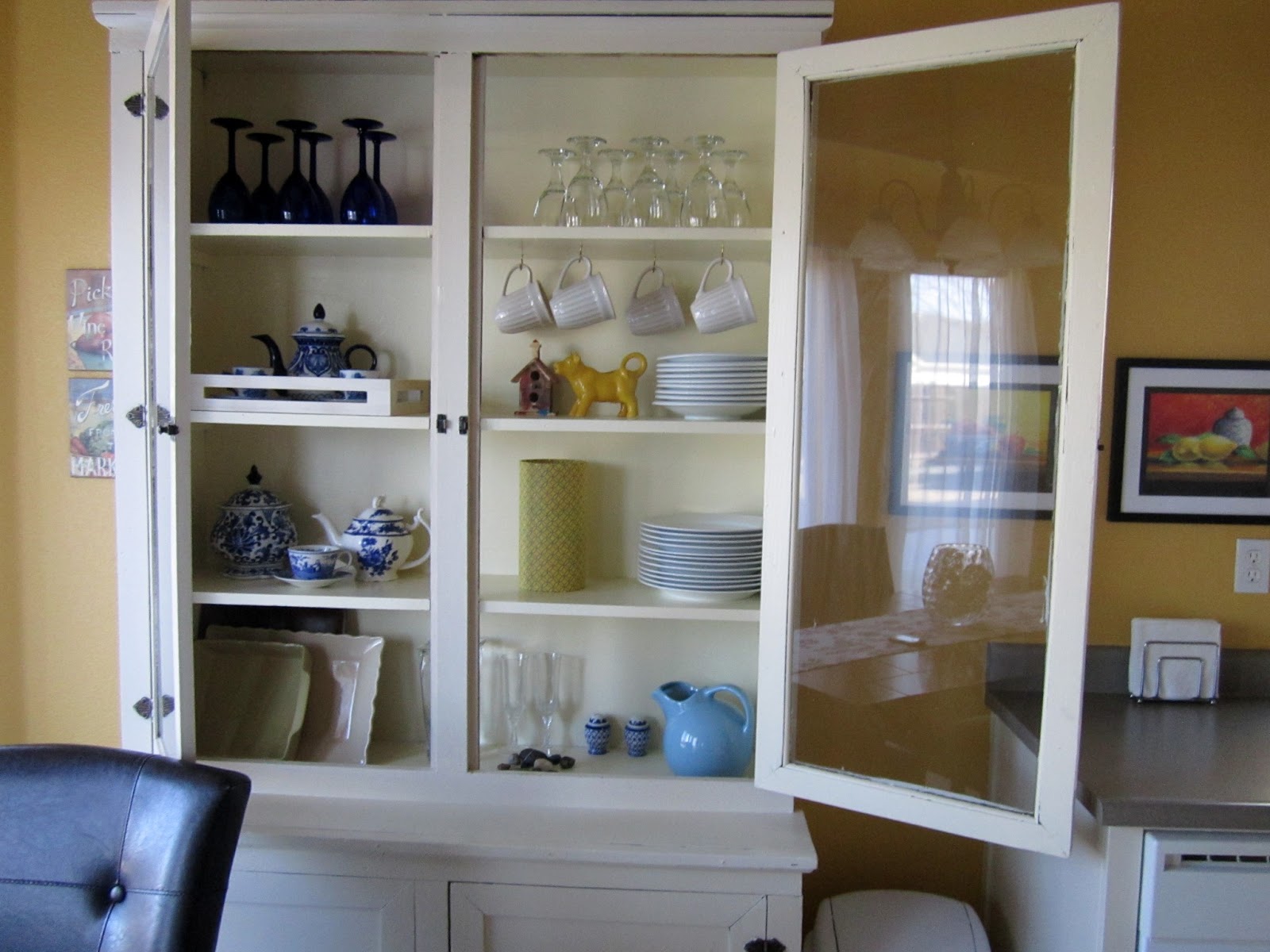
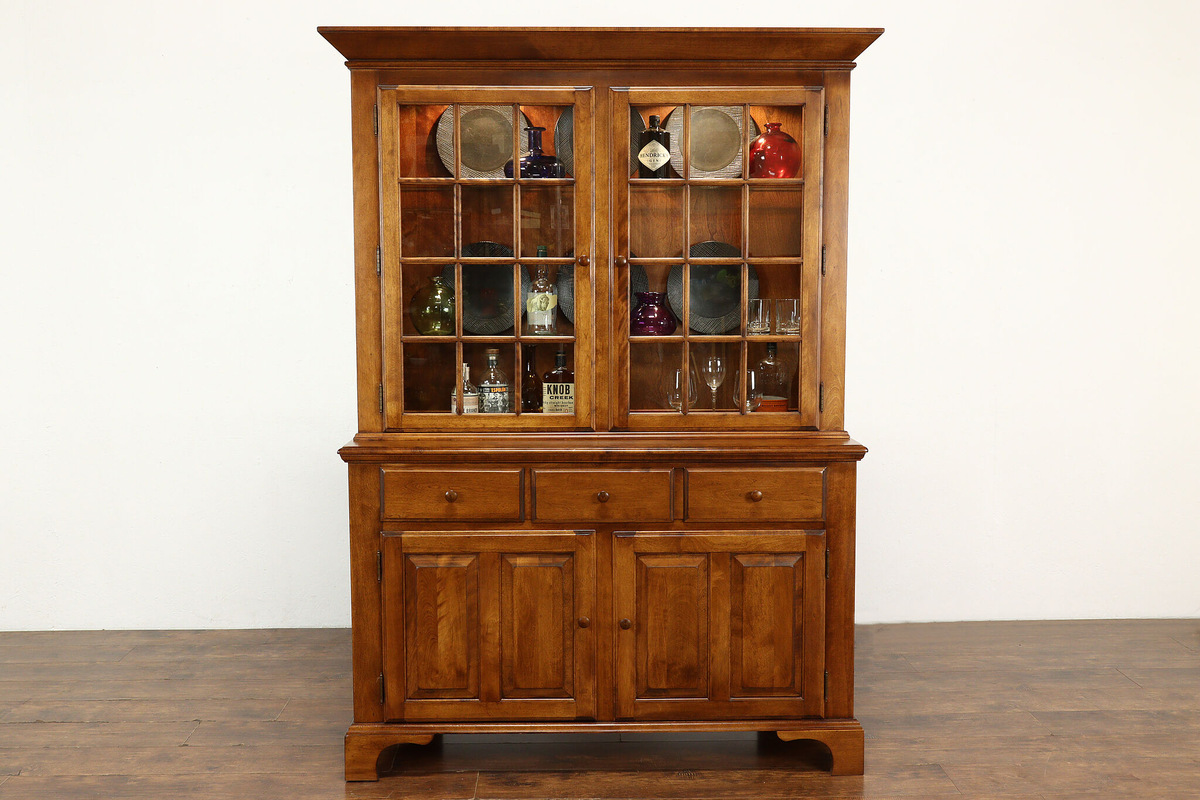
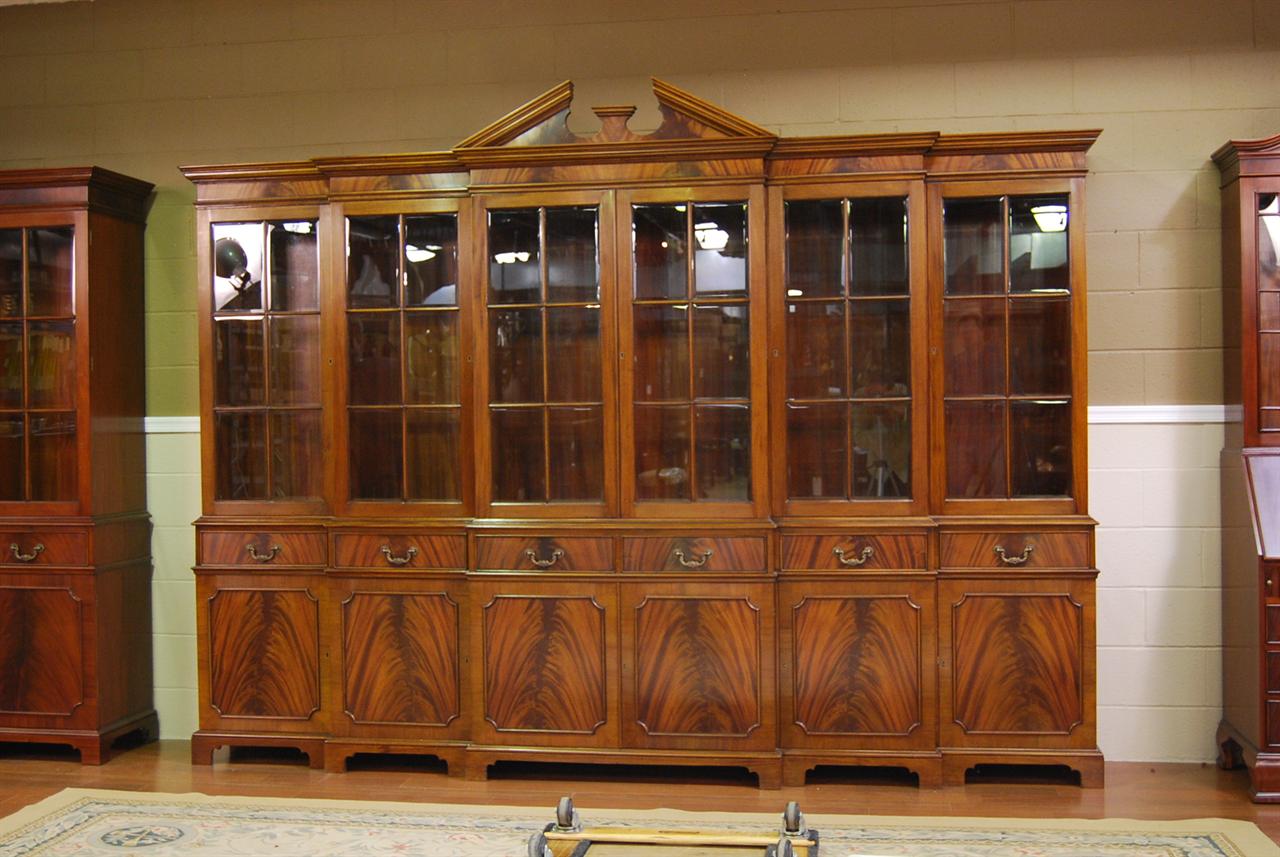
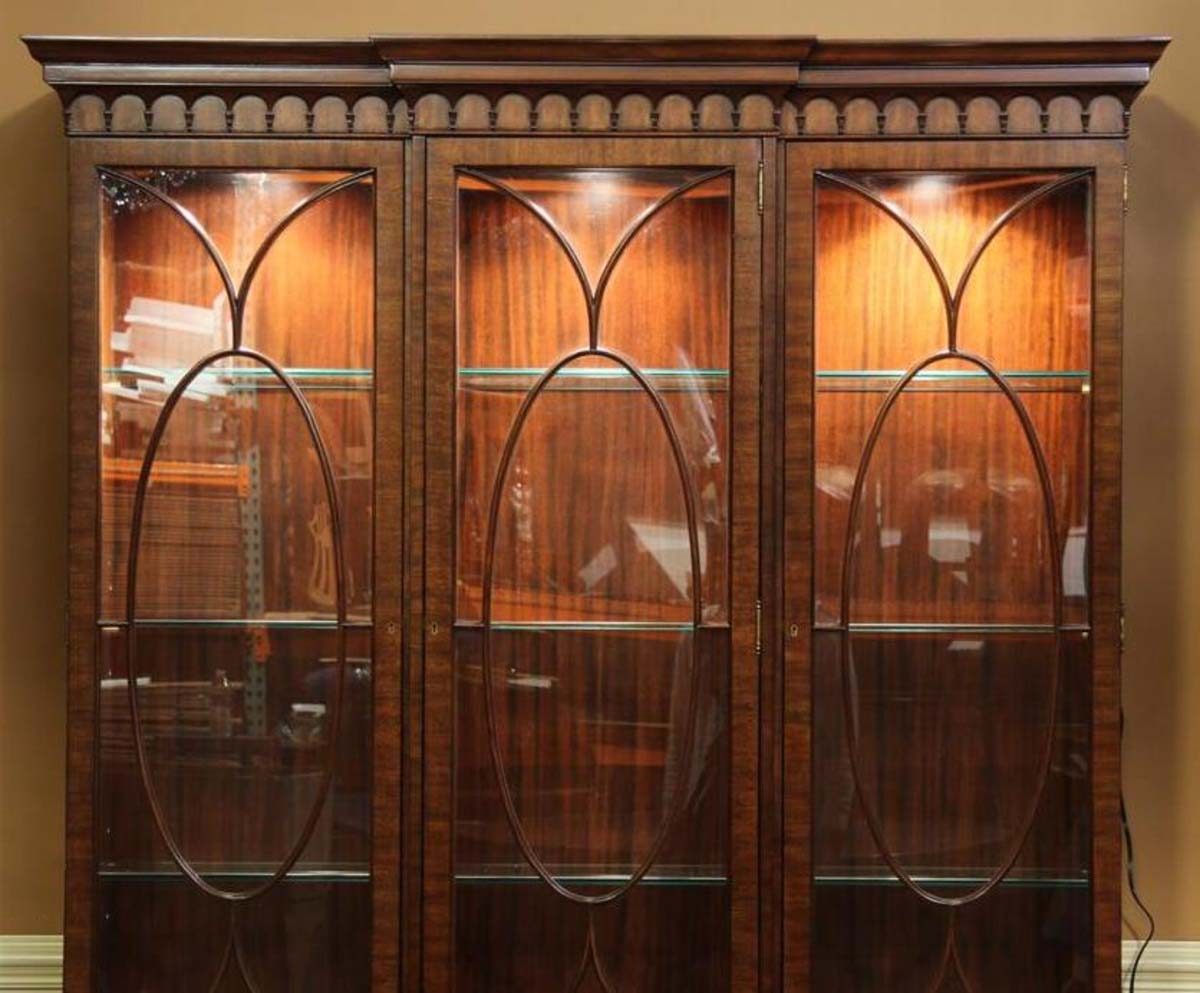
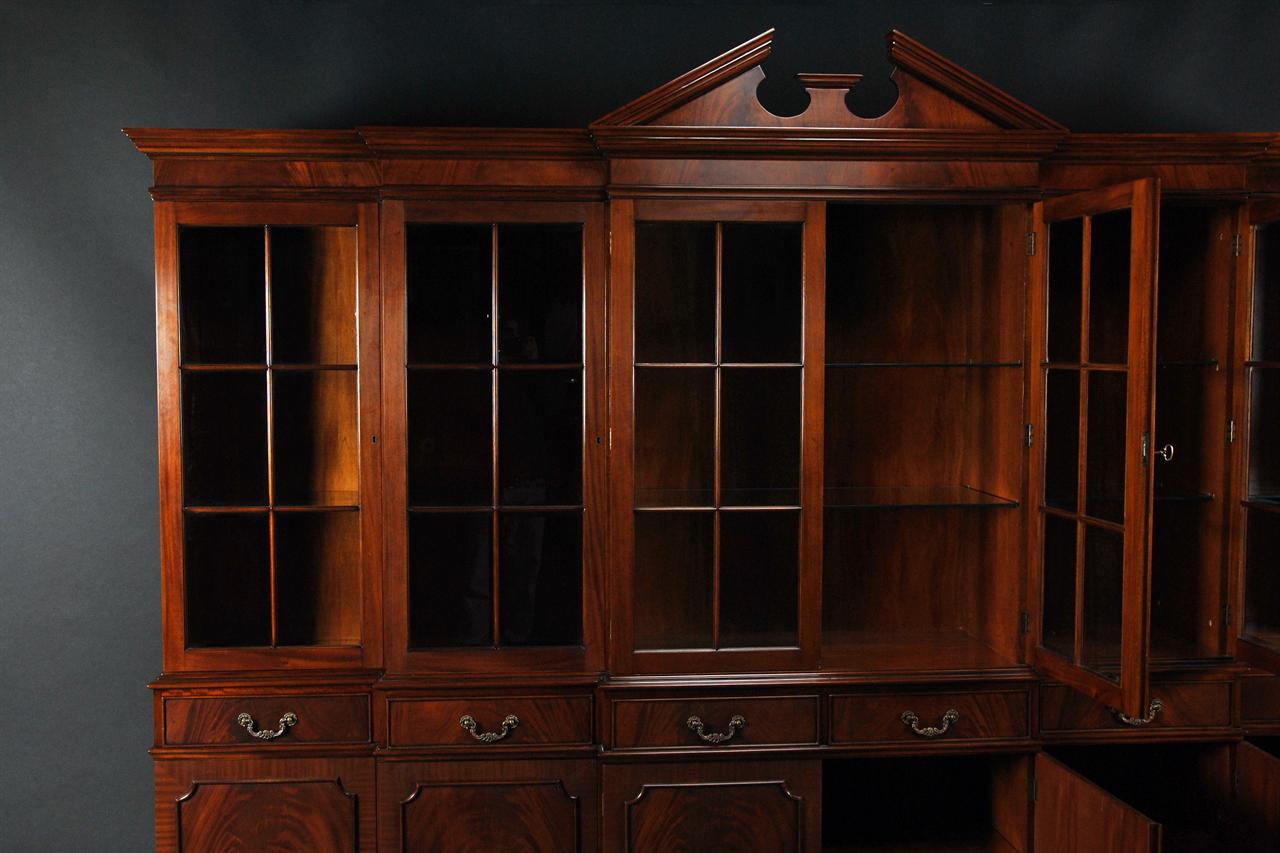
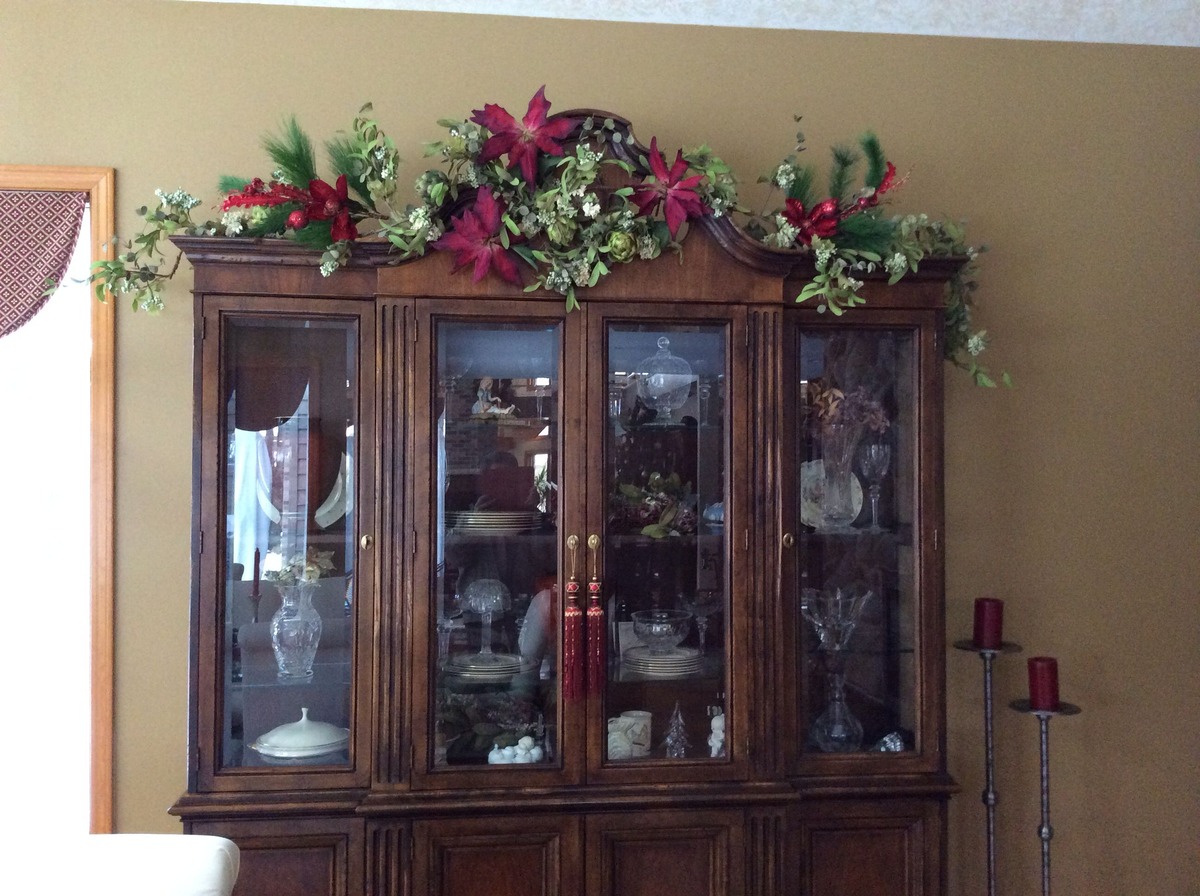
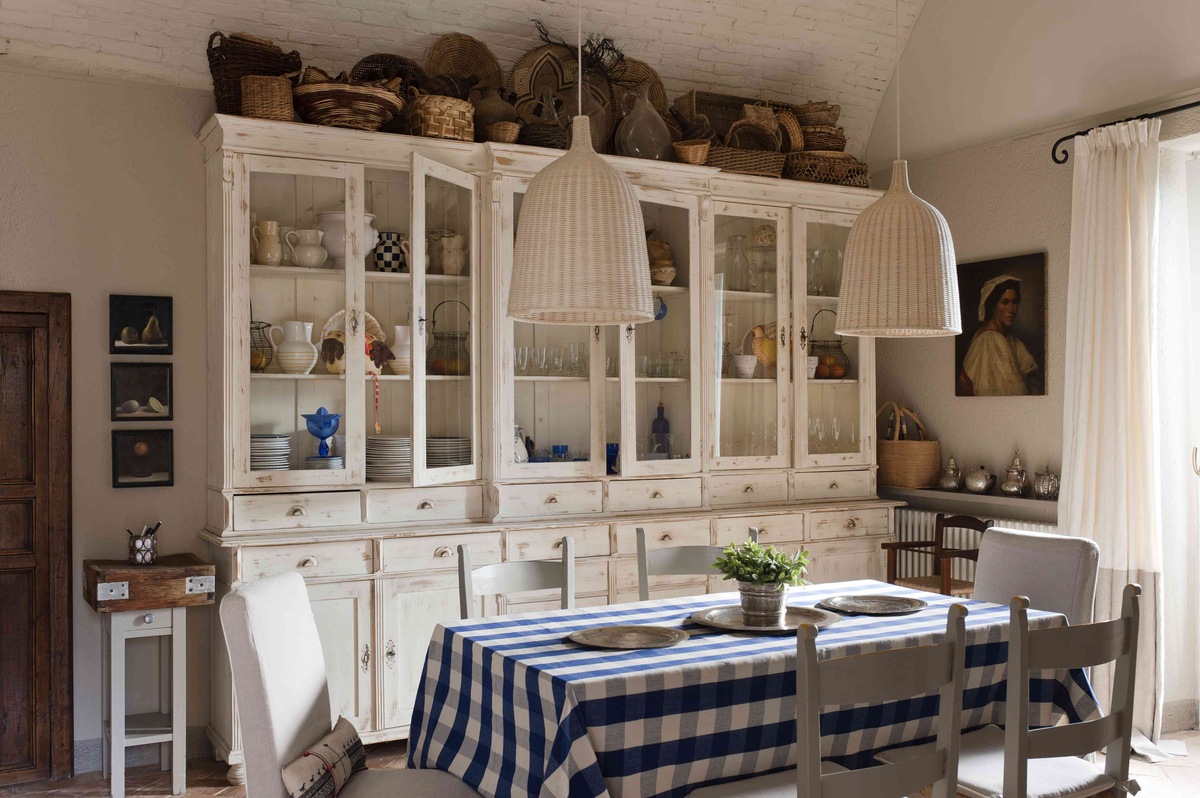
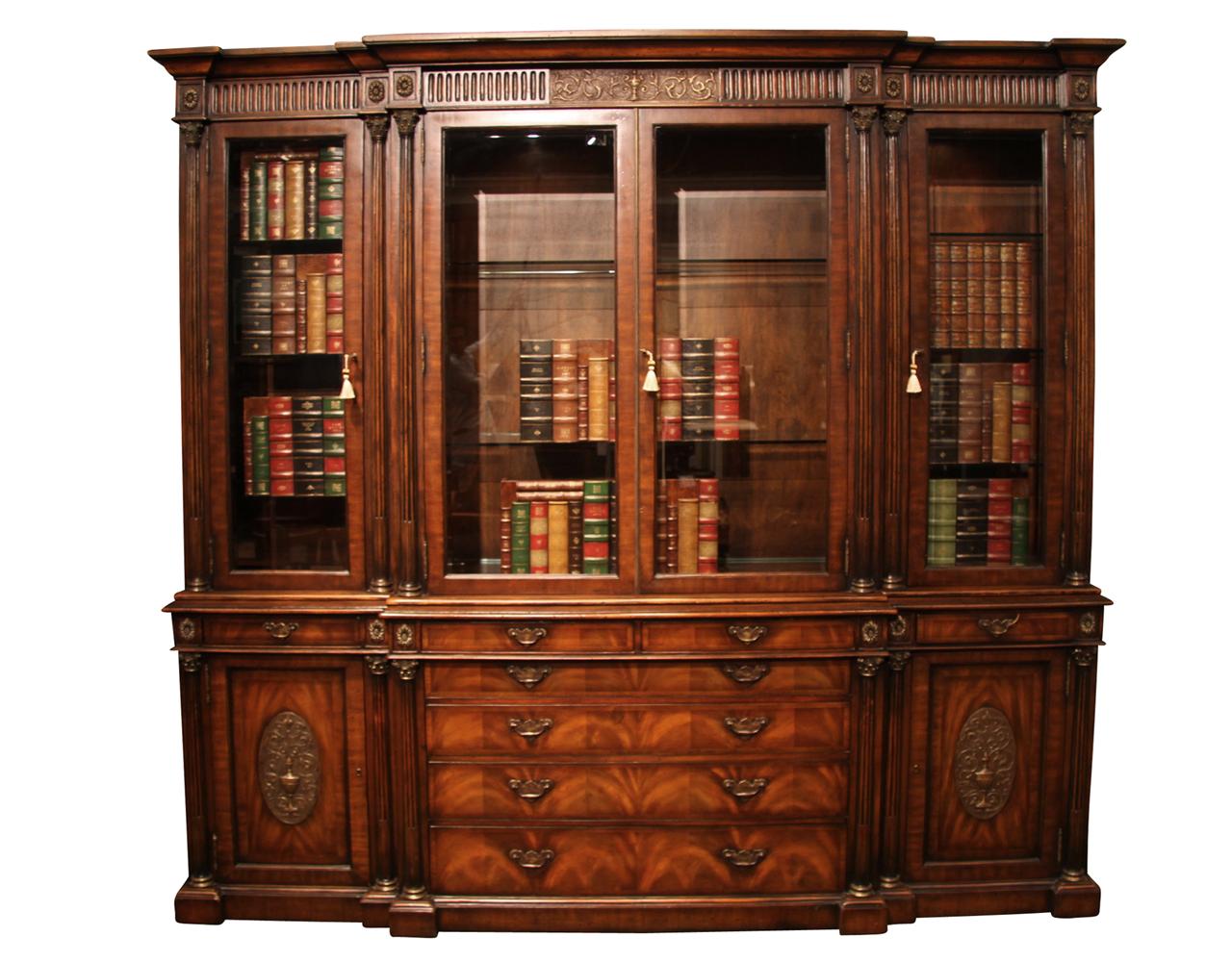
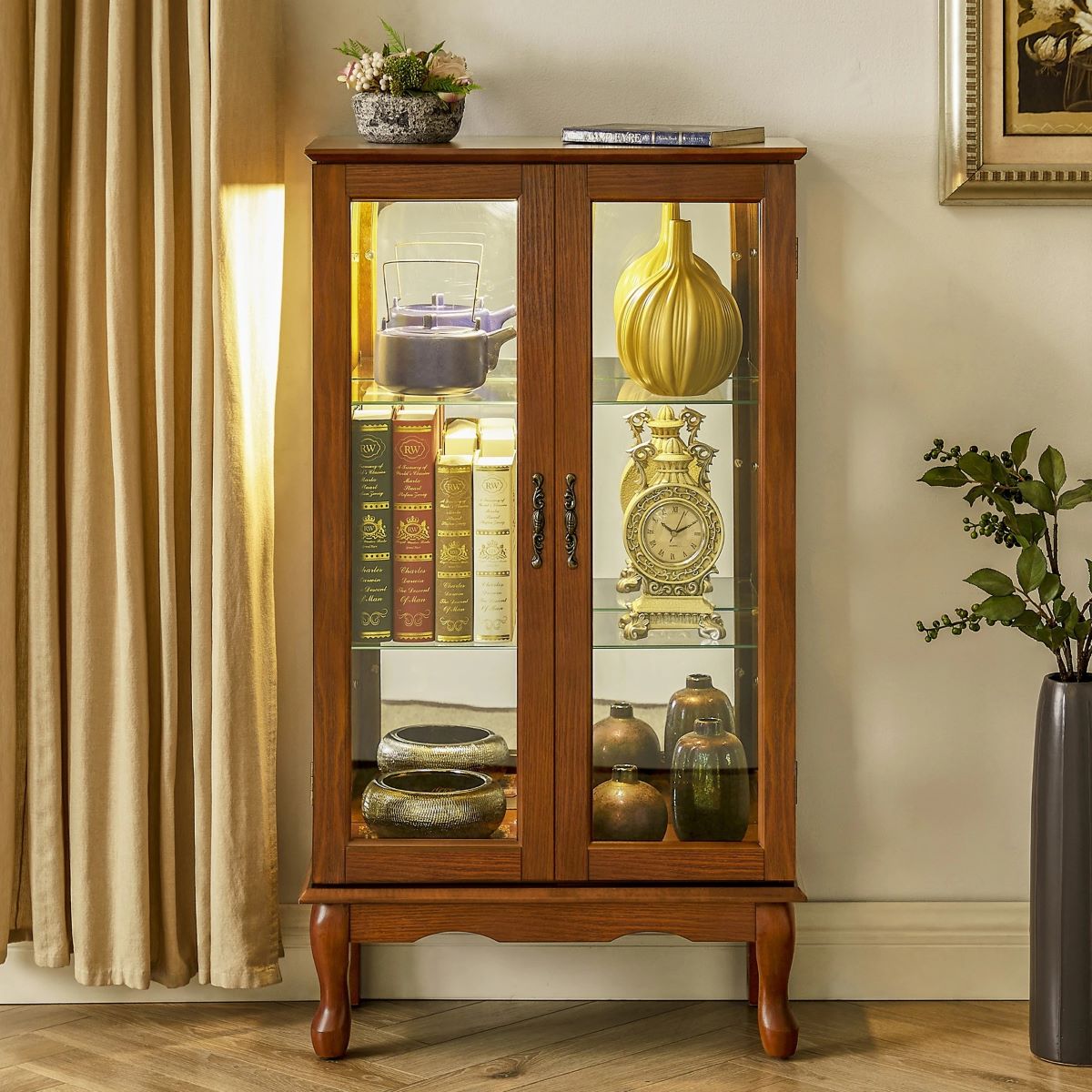

0 thoughts on “How To Build A China Cabinet”